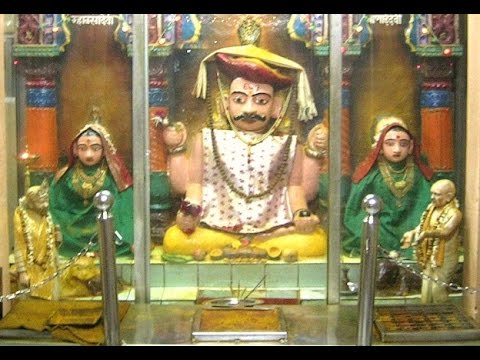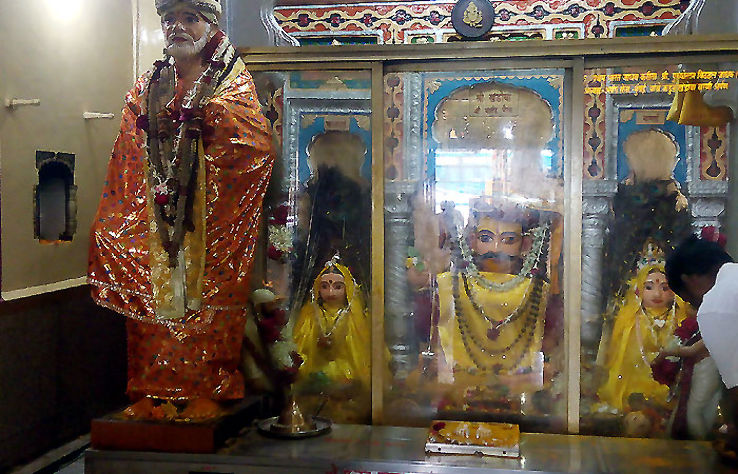Important temples in shirdi
Kondoba Mandir is the first place where Saibaba visted.
– Mahalsapati saw Him he and spontaneously uttered 'Aao Sai'
Sai's first visit Khandoba Martanda Bhairava or Malhari, is a Hindu deity worshiped as a manifestation of Shiva mainly in the Deccan plateau of India, especially in the states of Maharashtra. In shirdi this place having a great importance, since sai's first visited this place while entering in shirdi
Khandoba Mandir is situated on the main road. In front of this temple Baba was welcomed by Poojari Mhalsapati, of this temple, who said "Aao Sai", when Baba stepped in Shridi. In this temple there are icons of Khandoba, Banai and Mhalsai.
Lord Khandoba was tutelary deity of Mhlasapti, who was priest of Khandoba temple by heredity and he was then responsible for starting worship of Sai Baba. Khandoba temple which had its origin about 500 years ago was but natural rural and simple. It did not even had a door. There is large banyan tree where Sai Baba alighted with marriage party of Chand Patil at the entrance of Khandoba temple and it stands today also. Having felt calmness and peace at this place, Lord Sai Baba first decided to make this temple His residence, but Bhagat Mhlasapati thought Him to be Muslim and did not allow Him to stay there. Baba said to him while leaving, "If you do not wish that I should stay here, I will go away". Thenafter, Baba made an old dilapidated mosque of Shirdi His residence and lived there till His last breath.
Khandoba temple holds importance in other way too. Sai Baba asked Upasani Maharaj, a staunch and prominent devotee, to stay at this temple for four years for his spiritual upliftment .

